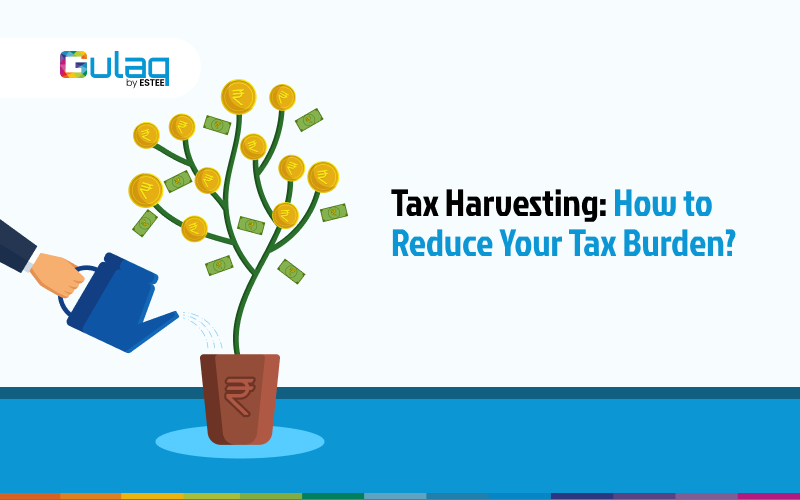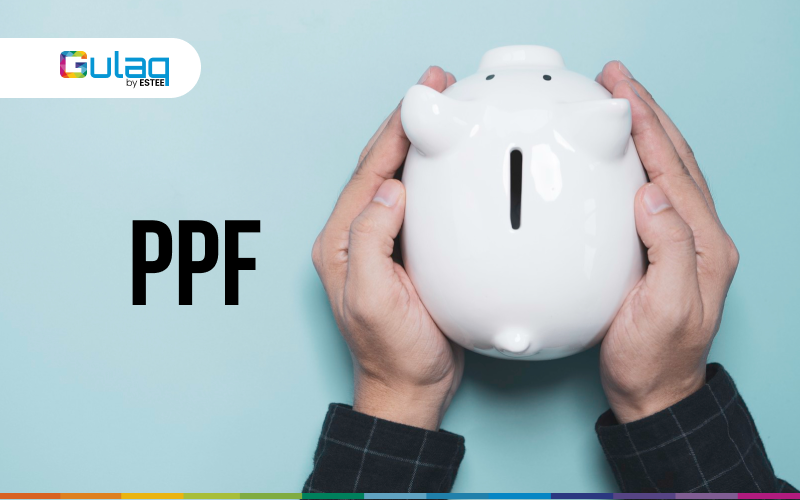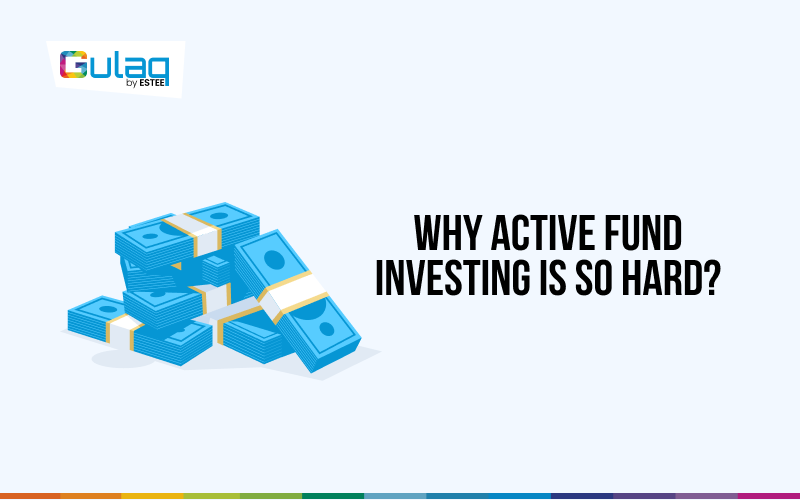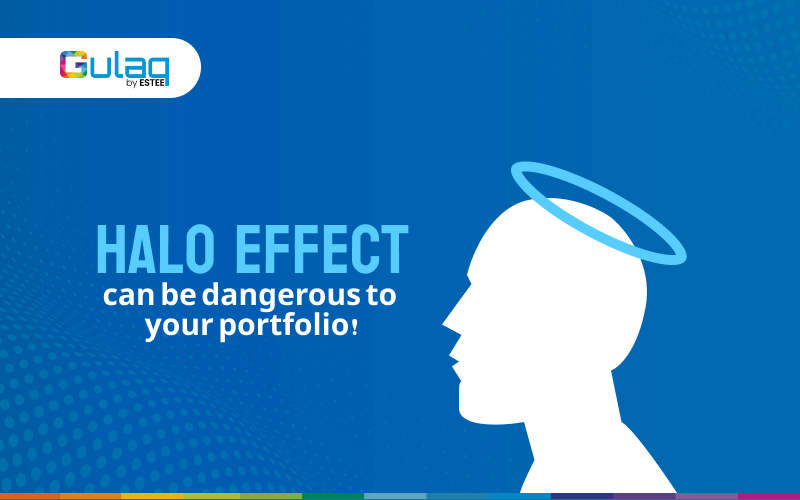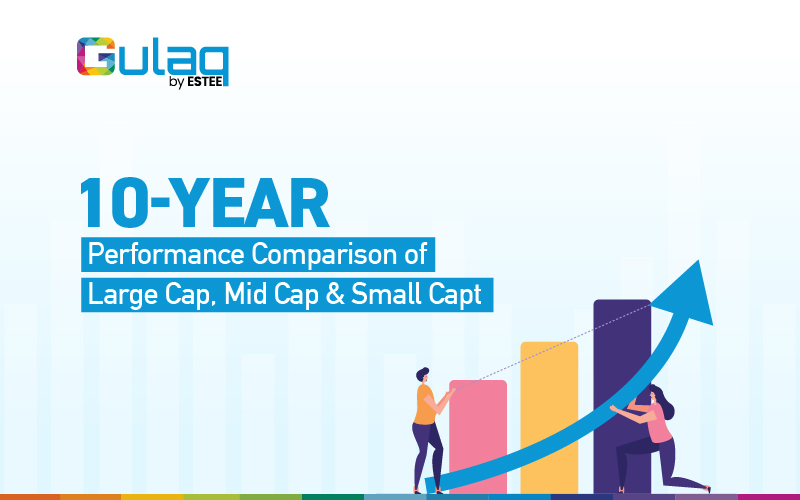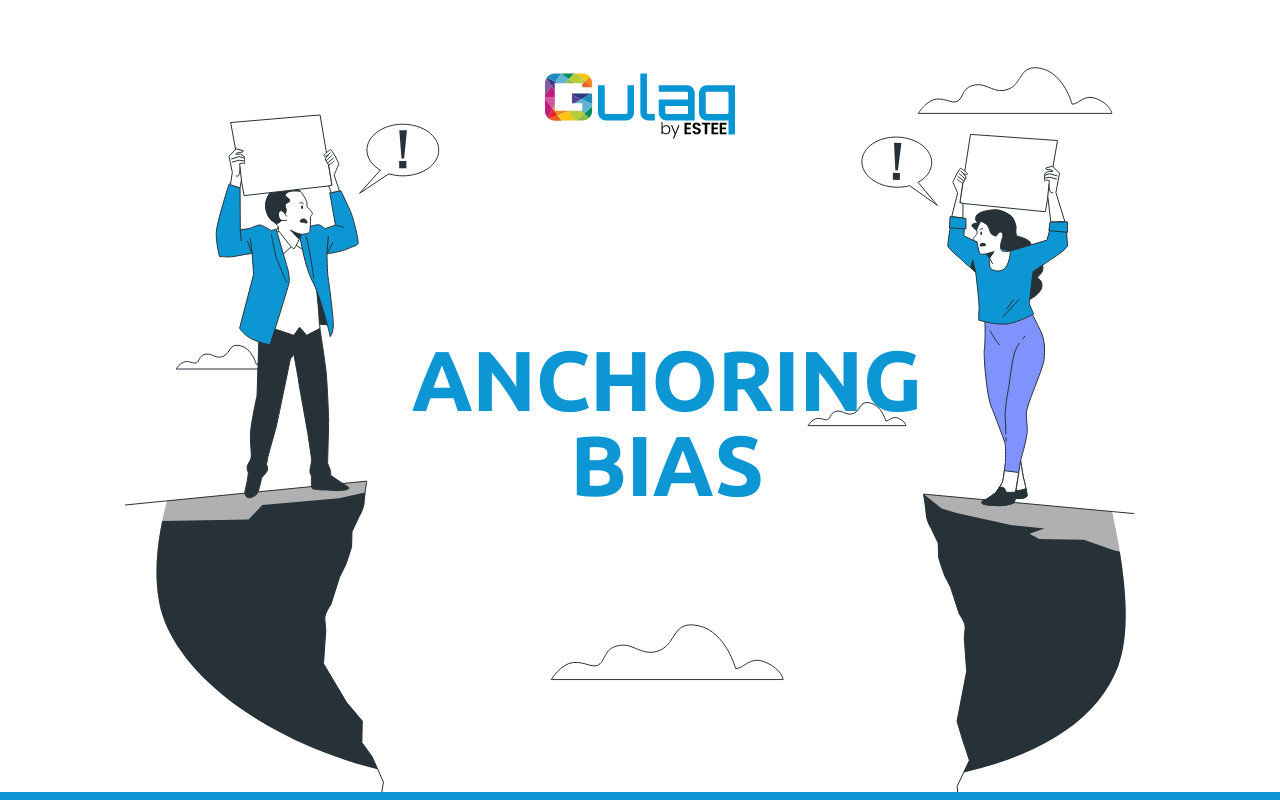
Anchoring Bias
I remember back in 2010 when Steve Jobs introduced the first iPad to the world. It was a truly revolutionary product worthy of residing in anyone’s memories, but one thing that stuck with me the most was how he chose to reveal the price of it.
Jobs adopted a very unique way of announcing the price. Instead of merely saying the original price, he first gave the audience an “anchor price,” much higher than the original, and had the audience guessing the original price before he finally unveiled the curtains.
I think we can all agree on the fact that the iPad, priced at $499, sounds more appealing to our ears now than if Jobs had merely told us the original price without the added drama.
But why did this method work?
The human mind works in mysterious ways, and Jobs knew exactly how to use it to his advantage.
When we first heard the higher bogus price, we knew that this was not the original price, so we consciously tried to discard this information. However, subconsciously we got hooked on it. And when we tried to guess the original price, the bogus price automatically became our primary source of reference.
Empirical studies have shown that people are uncomfortable with big adjustments, be it in life or in numbers. So when, in our minds, we were guessing the original price, most people would have kept their estimate somewhere near the $699 mark (exceptions will be there).
Thus, when Jobs finally revealed the original price of $499 to us, it seemed like a bargain. Not because it was lower than the bogus price, we already knew it would be, but because it was lower than our anticipated price.
This human behavior is commonly referred to in the field of behavioral economics as “the anchoring bias.”
What is Anchoring Bias?
Anchoring bias is a cognitive tendency where individuals rely heavily on the first piece of information encountered (the anchor) when making decisions. This initial data point influences subsequent judgments, even if it is irrelevant or intentionally misleading.
It is a result of our brain taking mental shortcuts and can lead to poor financial decisions which can prove to be very costly.
Example
Here is an example that I think many of you will relate to:
Imagine you’re considering investing in a tech company, and its stock is currently trading at Rs. 80 per share. You’ve been following the stock for a while, and it has experienced a steady increase over the past few months.
One day, you come across a financial news article that mentions an analyst’s prediction that the stock could reach Rs. 120 in the next year. This higher value becomes your anchor.
Anchoring Bias in Action:
Initial Anchor: The analyst’s prediction of $120 per share.
Bias Impact: Subconsciously, this becomes your reference point. Even though it’s just one analyst’s opinion, you find it challenging to evaluate the stock without considering the $120 figure.
Decision-Making Influence: You become hesitant to sell the stock below anything under the Rs. 120 mark, even if it has reached a reasonable profit. Alternatively, if the stock experiences a dip to $90, you might perceive it as a significant loss compared to the anchored $120, even though $90 might still be a profitable level.
How to Overcome Anchoring Bias
Due to the pervasiveness and the powerfullness of this bias, it is not possible to eliminate the bias altogether. However, one can try to reduce its effect and make rational decisions as much as possible. Here are a few tips to weaken the bias:
1. Awareness is Key:
If you can identify when and where you are succumbing to the bias, you have already won half the battle. Being aware allows you to consciously question and resist initial anchor points.
2. Seek Diverse Perspectives:
Gather a range of opinions and information before settling on a decision. This helps dilute the influence of a single anchor, promoting a more balanced assessment.
3. Adjust Anchors Deliberately:
When faced with a decision, consciously choose a different anchor or adjust the initial information. By doing so, you can mitigate the bias’s impact on your judgment.
Bottom Line
The anchoring bias is a very powerful bias that all of us succumb to more often than we realize. However, one does not need to look at the bias negatively. By understanding the nature of it, one can use it to his/her advantage just as Jobs did back in 2010.
Related Posts
Tax Harvesting: How to Reduce Your Tax Burden?
FY 23-24 has been great for Gulaq. We were able to generate phenomenal returns for…
Don’t Miss the Forest for The Trees: Why Maxing Out the Rs. 1.5 Lakh Limit on Your PPF Before 5th of April Is Not Worth the Hype
As the financial year has ended, the buzz around investing the entire Rs. 1.5 lakh…
Why Active Fund Investing is so hard?
Would you consider investing in a fund that has significantly trailed its benchmark over the…
Halo Effect can be Dangerous to your Portfolio!
Charlie Munger once famously said, “It is remarkable how much long-term advantage people like us…


